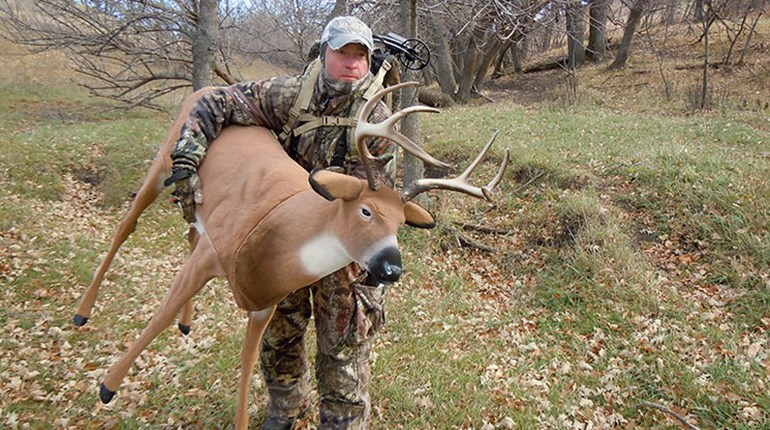
At first light I was sitting on a Montana mountainside listening. Somewhere in the drainages below an elk had bugled. I spotted tan shapes passing between stands of aspen. Just as my game plan was forming I heard another hunter bugle from the horse trail a half-mile back. I winced and held my breath. Though the bull below me could certainly hear the call, it didn’t respond. I was smiling then. That bull had heard people call from that trail before, which is why I didn’t bugle from there. Sometimes calling elk is about knowing what not to do.
1. Don’t Call From Where Everyone Does
It is typically better to call from a spot where a bull is likely to be and where hunters haven’t already called from. View your calling locations as setup spots—a bull could answer close.
2. Don’t Forget Thermals
On a cooling slope, air falls. On a warming slope, air rises. Generally when the sun hits a slope in the morning, thermals shift from downhill to uphill. The prevailing wind and the terrain complicate this basic principle. On a warming slope in late morning, a nearby shady drainage might still have air moving downhill. Wind swirls in bottoms. Reading these currents is critical.
3. Don’t Call Too Much
You are not out there to call; you are out there to convince a bull elk you are either competition or a companion. This means you need to call realistically, as in how an elk would behave.
4. Don’t Hunt Without a Cow Call
Bugling isn’t everything. Primos’ Hoochie Mama Cow Elk Call made cow calling easy—some say too easy, as pressured elk have likely heard that call many times. Still, a cow call, or several, needs to be in your pocket. Know when to use it.
5. Don’t Forget a Decoy
It’s hard not to recommend Montana Decoy Co.’s elk decoys. They are light and fold up into your pack. They are bull convincers, and they offer concealment.





































